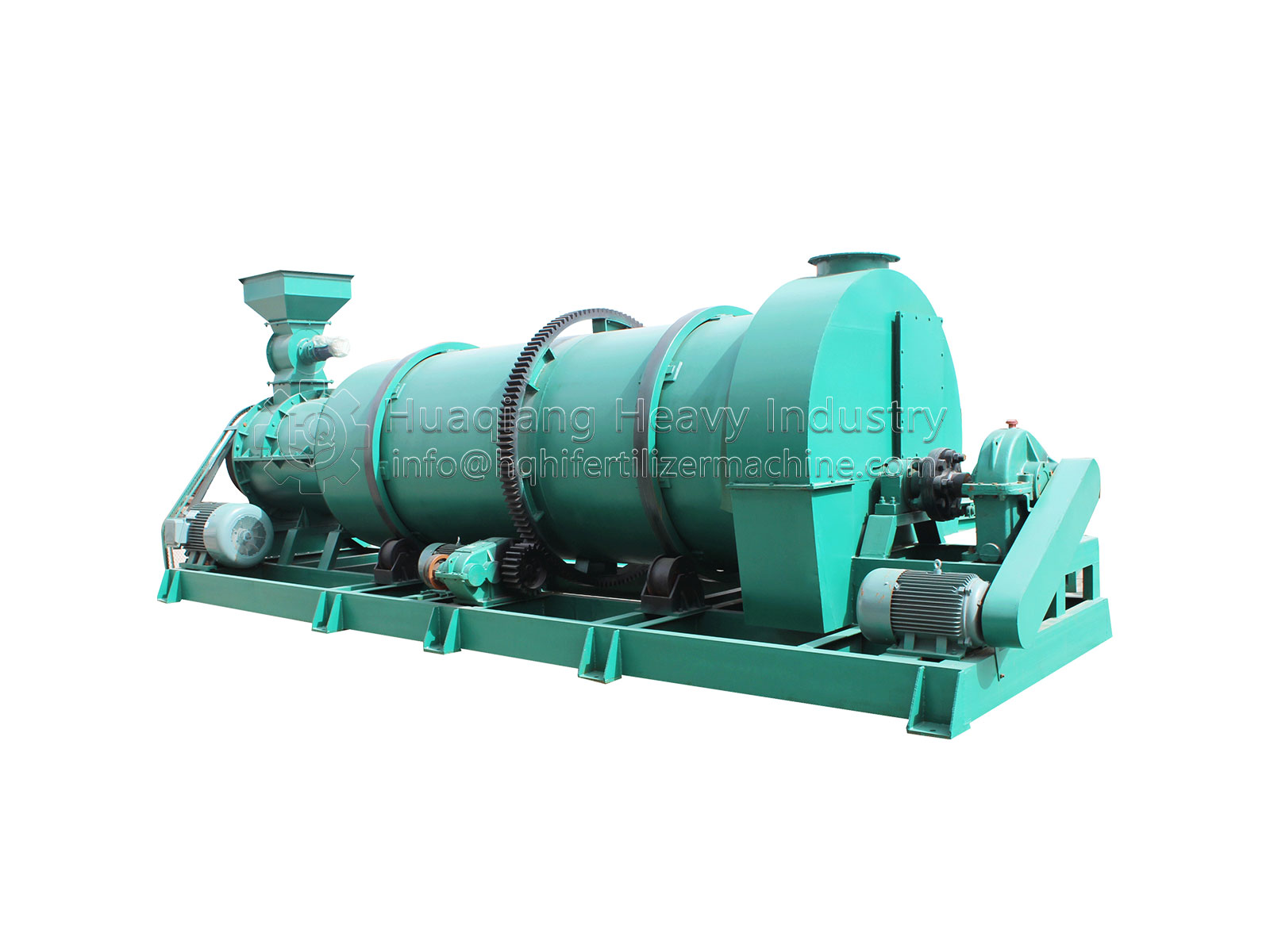2025-07-09

The new type two-in-one organic fertilizer granulator serves as the core equipment in a fertilizer production line, combining granulation and polishing functions to streamline the manufacturing process while improving product quality.
The equipment adopts a unique wet continuous push-rod granulation process. Through the powerful mixing force and friction generated by high-speed rotating mechanical stirring devices, powdered materials continuously complete the entire process of mixing, granulation, spheroidization, densification, and polishing in a single unit. This integrated design not only improves production efficiency but also significantly reduces energy consumption and space requirements.
Compared with traditional granulation equipment, our new type two in one organic fertilizer granulator integrates processes that originally required multiple machines into one system, reducing material transfer links and ensuring product consistency and stability.
The most outstanding advantage of this granulator lies in its remarkable material adaptability, capable of processing various organic materials that are difficult to form with conventional equipment:
· High-fiber materials: crop straw, distiller's grains, furfural residue, etc.
· Biomass waste: mushroom residue, medicinal residue, animal manure, etc.
· Special organic matter: humic acid, municipal sludge, etc.
· Compound fertilizer raw materials: can produce high-quality compound fertilizer granules
After simple fermentation pretreatment, these materials can be efficiently converted into uniform, dense granular products, greatly expanding the raw material sources for organic fertilizer production.
The advent of this new type two in one organic fertilizer granulator provides small and medium-sized organic fertilizer producers with a highly competitive production solution. It not only lowers investment thresholds and operating costs but also improves product quality and production efficiency, making large-scale commercial production of organic fertilizers more feasible.
Against the global backdrop of advocating circular economy and sustainable development, this advanced equipment capable of efficiently converting various organic wastes is bound to inject new vitality into the development of organic agriculture.